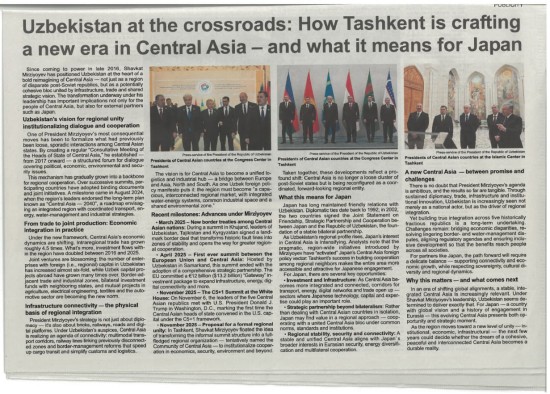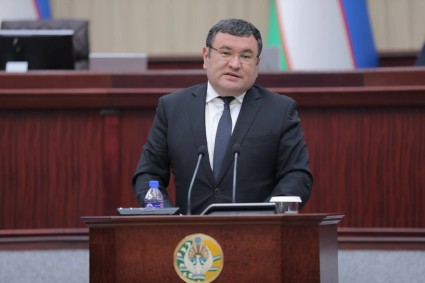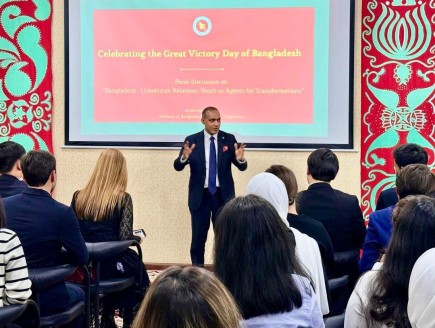Feruza gets the keys from her pocket and unlocks the door to storeroom. She opens one of the bags near the entry, gets a handful of wheat grains and shows evenly shaped reddish seeds. “Aren’t they lovely?” she asks with a touch of admiration in her voice.
This is the first time in 23 years, she has seen such amount of harvest. After getting married, Feruza and her husband moved to a new house near hills with large wheat fields around. This new variety of wheat has reminded her of those wheat fields. “Ï thought they were already extinct,” she says.
Feruza Jabborova has spent her life in a village, raising her four sons. During the day she works at a small convenience shop next to her house. At her spare time, she grows vegetables in the backyard.
Last autumn, when her eldest son Muhammad came home with a bag of improved wheat seeds, Feruza wasn’t thrilled. “You work full-time, and I can’t manage it alone,” she exclaimed. But after learning that her son gave his word in front of other villagers during a meeting, Feruza changed her mind. A man should always keep his word, she says.
The seeds were distributed during the farmer field school by the International Center for Agricultural Research in the Dry Areas (ICARDA). It is a part of activity, funded by the Food and Agriculture Organization of the United Nations (FAO) to establish best-practices among rural population for climate-adapted integrated natural resource management in cold winter deserts, where Feruza’s village is located.

Muhammad plowed the land, Feruza sowed the seed by hand on five acres. For assessment, the family purchased local seeds from a grain market and planted the similar area.
Feruza could see the difference immediately. “Look at the seeds!” She pulls a bowl full of local wheat grain from a bag and fills another bowl with Shams variety grains. “Comparing to Shams, the local grain has shriveled pieces and discolored kernels in all sizes and shapes.”
Moreover, the improved variety had long awns which protected the grain from birds. But the biggest difference was in its ability to survive the hailstorm that hit Feruza’s village in late April. It damaged the crops, breaking the spikes and causing the lodging. However, despite the storm Feruza harvested 256 kilos of grains of improved variety while the harvest of local variety barely reached 75 kilos.
Four and a half bags of wheat can feed Feruza’s family of eight for about three months. But she had already made plans for it while planting the seeds last autumn. Some of it she saved for seeds. But once the COVID-19 quarantine is over, Feruza plans to marry of her third son. “While spreading the seeds, I made a wish to make bread from the harvest for a wedding,” she smiles crinkling her eyes.

This activity was conducted under funding support from FAO within the framework of “Central Asian Desert Initiative (CADI)”.
For Further Information, contact: Ram Sharma, ICARDA-Tashkent, Email: This email address is being protected from spambots. You need JavaScript enabled to view it.













